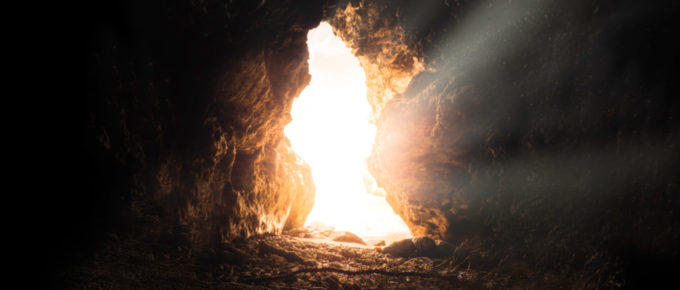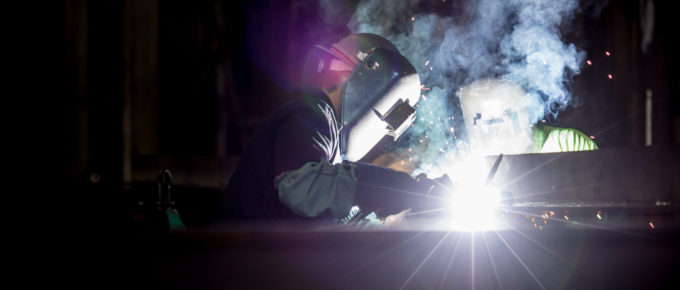I have always taught that a central principle of managing projects is that you should have a clear picture of what “done” and “done well” look like. That’s easy to define when something is straightforward and clear. It becomes much more complicated when we start straying into the realm of creativity, and of doing work that is complex, messy and uncertain. When we have many choices and options of how we might proceed, and those choices lead exponentially to other implications and impacts, it can be hard to know how to proceed, where to look or where the finish line is. The good news is that there are some thing to look for that can help.
Blog
Next Webinar: We Have Blind Spots Everywhere We Look
31 March 2021 Three examples of what Peter is going to explore in this session. You’ve tested positive for a rare disease, via a test that is 99% accurate.How likely is it that you have the disease? I have two, and only two, children, the eldest is a girl.What are the chances that both my […]
Finding A Way In
We all have to get started some time. The longer that we orbit a large, messy, complex problem, the more complicated and difficult it can appear. Options and expectations weave together into a giant, tangled bundle of questions and choices that can seem impossible to unravel. Finding a way in, or even an end to grab on to, can seem an insurmountable challenge. The good news is that there are strategies that work to navigate the complicated and get to something that looks clearer.. It is all about knowing where to start.
So What Are Practices For, Anyway?
If best practices aren’t actually best, then why do they exist? What is the point of process, of practices, of standards even, if they don’t reliably produce good results? While some standards have value, and there are simple situations where there might be a best way of doing things, when it comes to the strategic work that we take on, we are far removed from those statements being true. Even when we want there to be a way of working, one that is consistent and repeatable, the reality we find ourselves in is usually very different. It helps to know what to draw on instead if we are going to be successful.
A Definitive Takedown of Best Practices
“Best practices” is a term that we love to bandy about. Even I will find myself relying on it at times, although I try very hard to avoid uttering its syllables. Best practices are frequently espoused as the essential and optimal means of attaining results. Generally, they are absolutely nothing of the sort. Nonetheless, many use the term as a proactive defense to justify their preferred way of working, or an after-the-fact rationalization the actions they have taken. This is my attempt to explain as clearly as I can why this is a dangerous and inappropriate idea.
Confronting the Role of Stress
Last week I made the argument that we cannot do our best work in periods of stress. The value of having physical and mental space is that it allows us the ability to explore and experiment. It would be easy to conclude that all stress is bad, and that stress is to be avoided. That would be a mistake. While it is true that stressful experiences can keep us from doing our best work, sometimes the opposite of that is also true.






